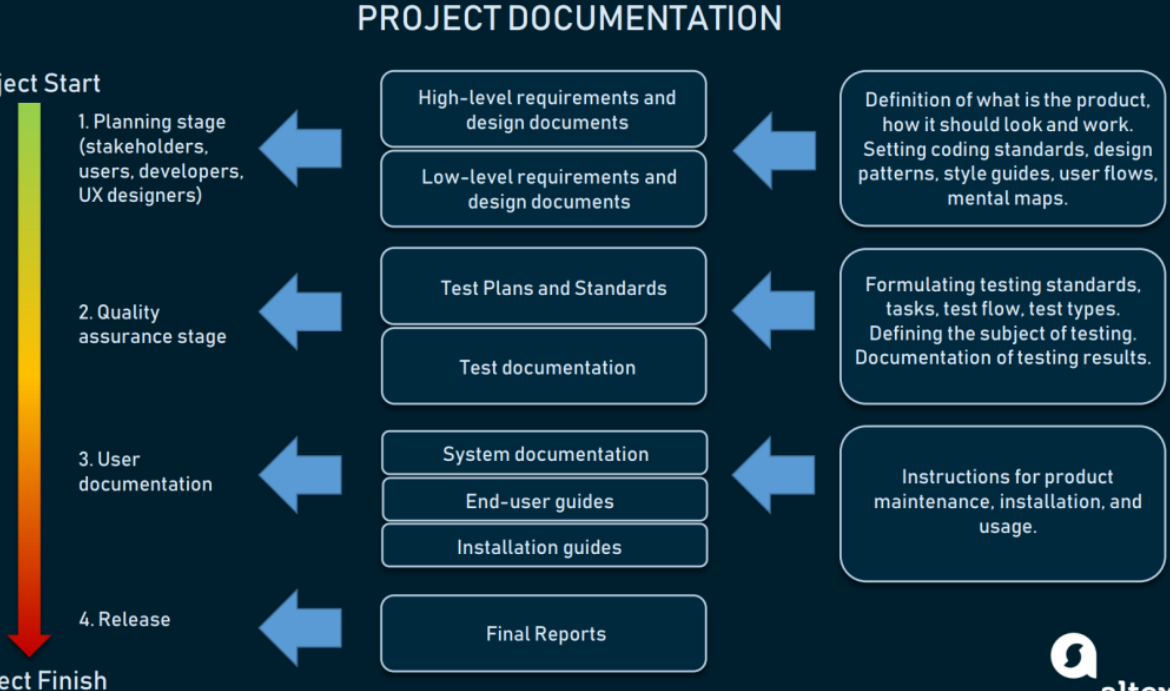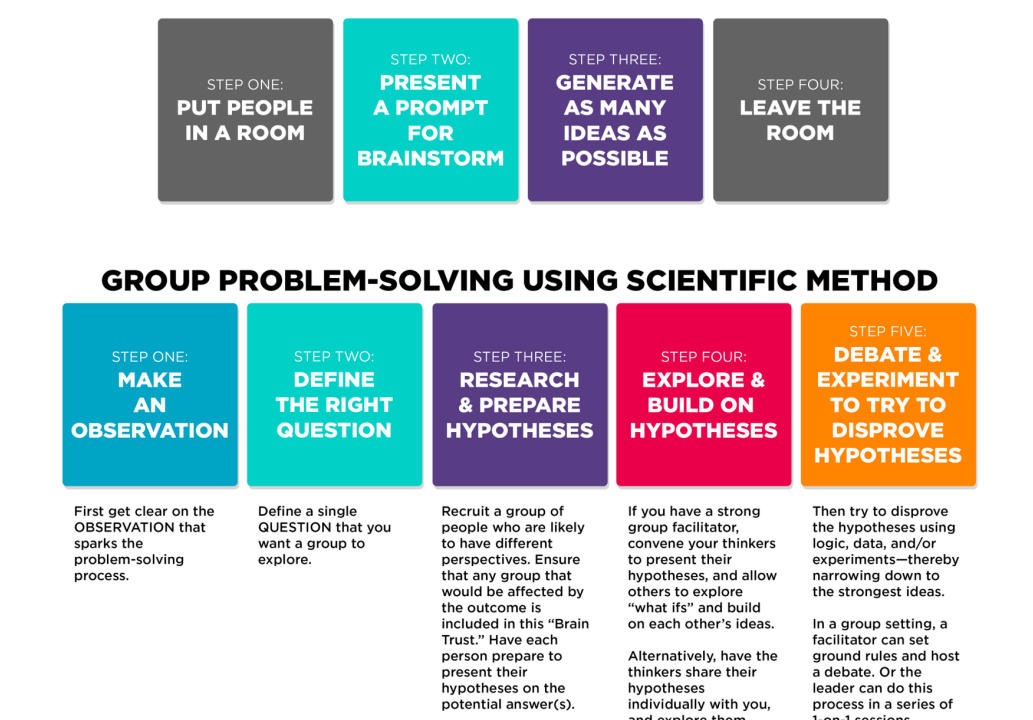The Picture of Software Development Process You Need to Know
You might be looking for an IT company for a custom software development; however, some sensitive questions keeping in mind, there are: cost, how long, how much effective, maintenance, failure risks, rapid changing commercial environment and etc.
Actually, beside of costs, it really depends on what kind of project it aims. The goal of the iterative, logical software development process is to produce computer programmes that are tailored to specific corporate or individual objectives, goals, or procedures. By writing computer code, a software developer accomplishes the goal. But it also requires a number of stages, including research, creating a data and process flow, developing technical documentation, thoroughly testing, troubleshooting, and iteratively pushing the product to live.

The aims for a Software Development Process:
- To fulfil the unique requirements of a particular customer or business (as is the case with custom software).
- To resolve a practical issue. for personal use (a pharmacy owner could need software for billing and inventory control, for instance).
The discipline of software engineering has been compelled by the need for greater quality management which focuses on applying the systematic approach of the engineering paradigm to the software development process.
Several software development methodologies are available for efficient project management like Agile, Waterfall, Scrum, Kanban, and others.
How to grow from an established company?
When a small business’ operational software is inadequate, manual workarounds are typically quicker (and almost always cheaper). But because of the inefficiencies that always result from such workarounds, midsize businesses can suffer significant financial losses and hinder their growth. Additionally, such torturous manual processes may impede businesses from taking advantage of opportunities quickly. For those businesses, custom coding is a practical choice. Additionally, big companies with lots of money may create software development teams and frequently have the personnel needed to do so.
The majority of midsize businesses have a “super user” who excels at assisting everyone using the tools currently included in their programme (like report writers, dashboards, etc.). Additionally, the majority of contemporary enterprise resource planning (ERP) software incorporates layers that provide customization, frequently a layer that allows modifications from value-added resellers (VARs) and a layer for client customizations. Fantastic if a midsize business can obtain what it needs from that. What if it can’t, though?
Many midsize businesses struggle with the choice of whether to invest in new software or try writing their own code, even if it only entails linking various systems together. Others attempt to hire a software company to solve the issue. While outsourcing the development of software may be a part of the solution, doing it successfully necessitates meticulous project management, which not all midsize enterprises are equipped with.
The time is constantly running out. Software-realized efficiencies that may have eaten into margins are not realized. Competitors seize market opportunities. What factors should midsize business leaders consider when deciding whether to develop their own software?
Let our team to be in your team place:
The first step is to contact us, let’s brainstorming for a free trial. Because the team’s imagination will be put to the test multiple times throughout the course of the project, brainstorming is a crucial component of the team operating guidelines. The process of brainstorming can assist the group focus its ideas and find solutions. There will be instances where the typical team discussions did not produce any workable ideas or alternatives. The project manager may recommend holding a brainstorming session in such circumstances. In a brainstorming session, as explained in the paragraph that follows, the team shares ideas in a stream-of-consciousness fashion. Finding solutions when none seemed to exist has been accomplished pretty successfully through brainstorming sessions. The team needs to be aware of how the project manager will run these meetings and what will happen to the results.
The brainstorming process is straightforward and efficient. Initially, gather those people who might be familiar with the problem area. They don’t have to be specialists. Actually, it could be preferable if they are not. People who can think imaginatively and “beyond the box” are essential. Inside-the-box thinking is a trait of experts. Everyone shares any ideas they may have at the start of the meeting. There can be no comment (apart from clarifying). This keeps happening until there are no more fresh ideas. Pauses and silence are acceptable. You talk about the items on the list once all of the thoughts have been presented. Aim to combine or modify ideas in light of the perspectives of each participant. After some time, some solutions…

The preparation of requirements collection is the second step. Gathering all necessary functional and non-functional product requirements should be your initial step. Project managers do stakeholder interviews, research, and exploration activities to create a picture of potential consumers. The search’s findings are often compiled in a software specification document.
The following step is an analysis of the conditions, which comes after gathering all the criteria and questions that have been resolved. The plausibility of the assembled components in the finished product is thoroughly examined and in-depthly analysed. The next step for the development team after finishing the analysis of the requirements is to create a product design that will be followed throughout the entire development process.
Our coding focus comes in at step three. In the earlier phases, the development team implements all business logic, models, and the needed service connectors. Since it forms the basis of the entire process, the coding phase is typically the lengthiest. To produce a product that meets expectations, the team follows the software specifications.
Alpha, beta, and release candidate stages are followed by the product’s construction. The developers could begin writing code once they had the documents’ specifications and designs in hand.
The fourth step is our design of frameworks.In the world of developers, these frameworks or workflows are known as software development techniques. Beyond the technical side, it entails teamwork, coordination, and planning to assure the timely release of a software project or product.
Here are the top 7 software development strategies that we can use to increase the output of your team or organisation.
- Rapid application development
Rapid application development, thought to be more appropriate for smaller projects, emphasises efficiency, smaller teams, and excellent communication. The model is created using developmental techniques that fit the customer’s needs at a specific period.
- Agile software development
Agile approach is a collaborative, adaptable framework that speeds up the development process. For the end product to have desired features and be as user-oriented as possible, it focuses on product testing and documentation at all stages of the cycle with an emphasis on responding to any modifications necessary by the client. Instead of being linear, it is a loop process where each step is repeated until the intended result for that stage is achieved.
- DevOps methodology
Let’s dissect DevOps to better understand it. Throughout the whole production and deployment life cycle, dev and ops are coupled with information technology. DevOps aims to maintain quicker development and deployment throughout the cycle, as well as to collect and incorporate input from many ends.
- Waterfall development
The traditional waterfall model has a phase-based, linear structure. The following phase is not started until the preceding phase is finished. Due to the phases’ lack of overlap and looping, it creates a sequential flow.
- Iterative software development life cycle
Envisioned better as a ‘build it as you go’ model, the iterative software development model starts with a part of the software rather than the process of mapping all the requirements out. Parts of the software are built, analyzed and reviewed before repeating the same for another part until the entire software model is built. The main idea is to repeat cycles (iterative) and in smaller portions at the same time.
- Feature-driven development
The iterative software development strategy, which starts with a portion of the programme instead of the process of mapping out all the requirements, is better envisioned as a “build it as you go” model. Up until the full software model is built, individual components of the software are built, examined, and reviewed. The fundamental concept is to iteratively repeat cycles while doing so in smaller chunks at a time.
- Lean development
Lean software development, also referred to as the minimal viable product strategy, is concentrated on removing waste and providing the product that finally satisfies client needs.
The quality assurance stage review is the product’s fifth step in the process.
Testing professionals identify and inform about potential problems that might occur when utilising the software system during the QA stage. Depending on the project, which could involve both manual and/or automated testing, the testing frameworks may change. Now that the software has been developed and finished, the phase that comprises system integration and testing begins.
Lastly, The Operations Stage—being concerned with the software product. The software programme is introduced into a real-world setting. This step entails system deployment, support, and any necessary upkeep to maintain it current and operational. The software development cycle comes to a conclusion here in the Waterfall methodology.
Expanding the software’s memory, processing power, and/or database capacity may be necessary if the user base of the programme dramatically grows in order to maintain the system’s smooth operation.
Conclusion
Depending on the needs, different amounts of time and money are spent developing software. In these situations, it is preferable to seek assistance from a skilled software development business, such as an offshore software development company that is knowledgeable in their field. This helps prevent any project-related loss of time, effort, or money. Hiring an inexperienced developer to complete the work can result in unintended mistakes even after the project is finished. This is not to argue that inexperienced coders lack skill. The secret is to stick with experienced developers if you have a tight budget and don’t want to take any chances.



